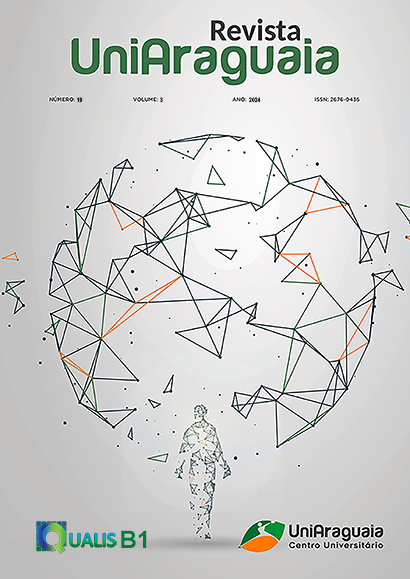CONJUNTURAS SOBRE A VELHICE: (IN)DEFINIÇÕES SOBRE O ENVELHECIMENTO
Abstract
O envelhecimento populacional perpassa questões objetivas e subjetivas na configuração multidimensional da velhice, inclusive em sua definição. Dada a complexidade desse fenômeno, procurou-se refletir sobre o panorama conceitual da velhice. As definições sobre este fenômeno buscam uma homogeneidade que se sustenta em fatores heterogêneos, sejam eles de ordem biológica, sócio-histórica ou política. O entendimento do envelhecimento deve considerar sua multidimensionalidade e, assim, reverberar na necessidade de contextualização a partir da interdisciplinaridade. Os paradigmas encontrados indicam a mutabilidade e a fragilidade da concepção sobre a velhice, o que favorece vulnerabilidades sociais, uma vez que se evidenciou que tal definição não está desvinculada de preceitos econômicos e políticos; portanto, definir o que é ou não uma pessoa idosa também atende a interesses políticos e econômicos, os quais, assim como todos os outros fatores, não são independentes da multidimensionalidade cultural, social, legal e biológica. Nessa perspectiva, discutir a natureza mutável de parâmetros e definições sobre a velhice é de grande valia e necessário em diversos campos, sendo necessário um constante equilíbrio entre as atribuições subjetivas e objetivas à velhice e a identificação desse parâmetro nas discussões voltadas para as pessoas idosas nas mais diversas esferas. Por fim, ressalta-se a importância de uma abordagem interdisciplinar no estudo do envelhecimento, refletindo sobre a velhice não apenas como um conjunto de conceitos e definições, mas também reconhecendo sua mutabilidade nas percepções acerca dessa população. Ao discutir, produzir, intervir e criar para as pessoas idosas, é essencial considerar as nuances que envolvem o que significa ser idoso.
Downloads
Published
Issue
Section
License

This work is licensed under a Creative Commons Attribution 4.0 International License.
The copyright of the published articles will be transferred to the Uniaaraguaia Magazine, allowing its subsequent reproduction as transcription and with due citation of source. In the event of acceptance and before the publication of the article, the plaintiff (s) shall write a statement formally transferring copyright to the magazine.
The author may also print and distribute copies of his article, provided that he mentions that the rights belong to the Uniaaraguaia Magazine.
Author rights include the right to reproduce in full or partly by any means, distribute this article, including figures and photographs.
By submitting originals to the Uniaaraguaia magazine, the author or authors express agreement with the following terms:
a) Authors maintain copyright and grant Uniaraguaia magazine the right of first publication, with the work simultaneously licensed under the Creative Commons Attribution license that allows the sharing of work with recognition of the authorship and initial publication in this magazine.
b) Authors are authorized to assume additional contracts separately, for non-expiration distribution of the work version published in this magazine (eg publish in institutional repository or as book chapter), with recognition of authorship and initial publication in this journal.
c) Authors are allowed and are encouraged to publish and distribute their work online (eg in institutional repositories or on their personal page) to any point before or during the editorial process, as this can generate productive changes as well as increase the impact and citation of published work.

